Photo courtesy of Ria / Pinterest.
Welcome to a new series we’re starting at Slice of Culture where each month we pick a different subculture from anywhere in the world and explore its fashion trends and culture.
This month we chose to explore a popular subculture in J-Fashion: Lolita.
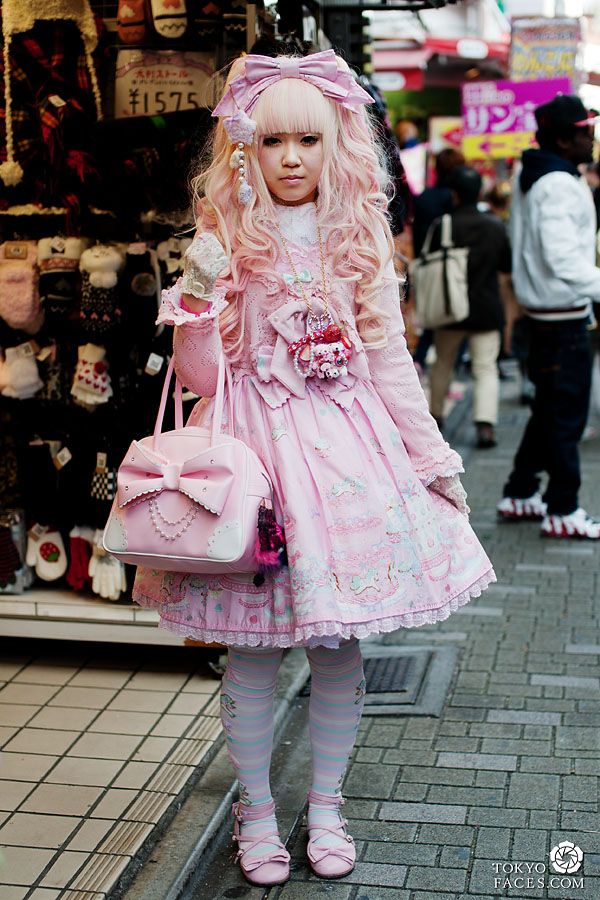
What is Lolita Fashion?
Lolita fashion is a Japanese fashion subculture style that originated in the 1980s and has had big influences on today’s fashion trends.
This subculture is heavily inspired by both Victorian and Rococo styles, which combines the clothing styles from the Victorian era and the intricate designs from the Rococo era.
Lolita is known for starting in the Harajuku area of Tokyo, Japan. Harajuku is also home to other popular street fashion styles like Decora, Gyaru and Visual Kei.
Lolita fashion is all about embracing femininity and Kawaii culture. It celebrates self-expression through style while emphasizing modesty and innocence.
The essential fashion pieces in the Lolita wardrobe consist of dresses and skirts that are bell shaped or A-lined with petticoats, blouses with high collars/ruffles/lace. A huge part of the Lolita wardrobe are the accessories that help take the outfit to another level.
These accessories can consist of lace, bows, ribbons, frills, socks and tights.
Although this subculture started in Harajuku, it has gained popularity among young women all around the world. And of those women are Abigail Salazar and Lily Punzal, who have been into the Lolita subculture for years.
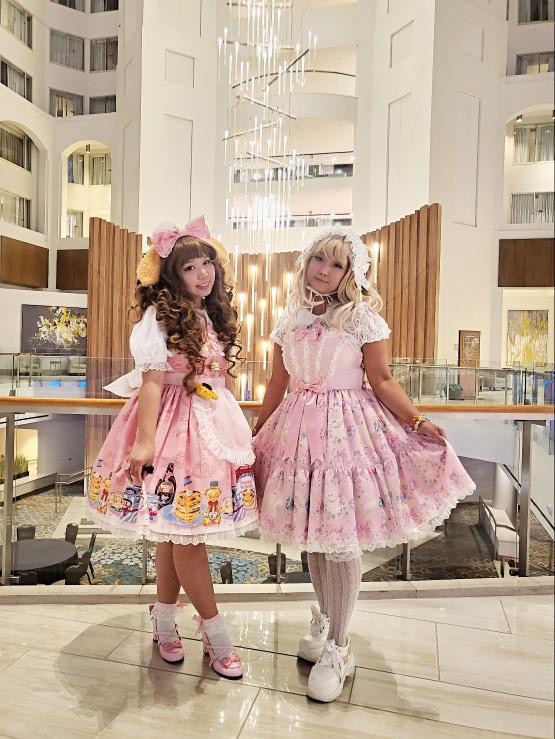
Salazar and Punzal are friends that have known each other since high school and both share a love for Japanese culture. Before getting into Lolita, they would meet up at anime conventions and cosplay together.
Anime and the rise of the internet is what sparked their love for Lolita fashion.
“I grew up in the Pentecostal church, so we already always wore skirts but, I still wanted to dress in a way that made me look unique and then anime kind of introduced me to Lolita. I would always look up Lolita online because I loved seeing people who look like me wearing these very pretty clothes,” shared Salazar.
“My first anime Tokyo Mew Mew instilled that love for sweet and cutesy things in me,” said Punzal. “Growing up I was always into Alt fashion but, once I was in high school I would spend a lot of time on Tumblr which was a big gateway for me getting into Lolita because I got to see what was trending in Japan. That’s where I got a lot of my knowledge growing up.”
Both Salazar and Punzal agree Lolita is not just a current fashion trend but has become a lifestyle for them.
“Lolita is for anyone at any age. Everyone deserves to feel beautiful and like a princess,” said Punzal.
“I love when clothes make me feel beautiful and Lolita definitely helps me with that. I still see myself in Lolita when I’m in my 30’s,” added Salazar.
The Many Subtypes of Lolita
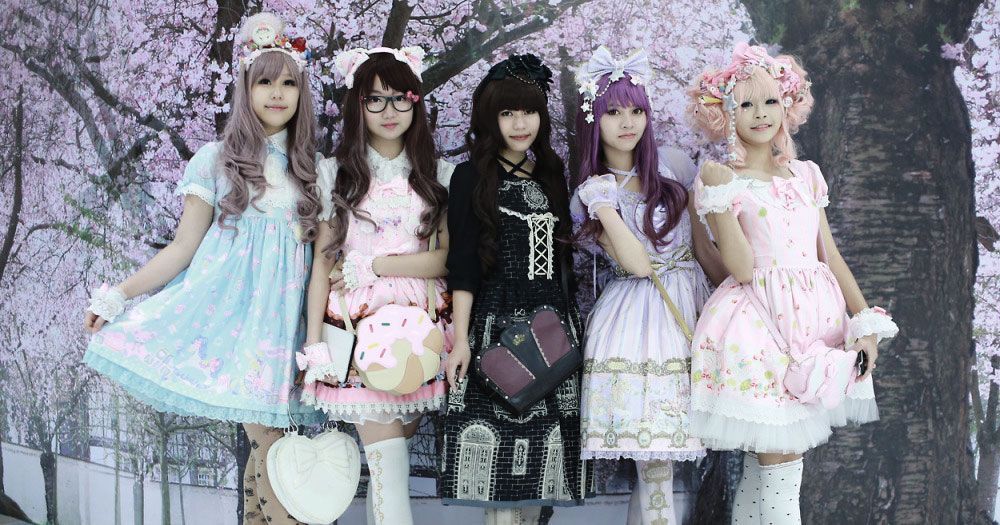
There are so many subtypes one can explore when getting into Lolita fashion, but the main three styles of Lolita are sweet, gothic, and classic.
Sweet: Sweet Lolitas follows the basic Lolita silhouette of bell skirts and dresses. Common motifs are animal or flower prints with bright/pastel colors.
Gothic: Gothic Lolitas combine the classic gothic style into their fashion, which includes darker themes like bats, coffins and skulls. Moi-meme-moitie by Mana is a very popular gothic Lolita clothing label.
Classic: Classic Lolitas focuses more on elegance than cuteness. They prefer netural colors over the bright/pastel colors. These Lolitas utilize more simple and antique patterns for their clothing.
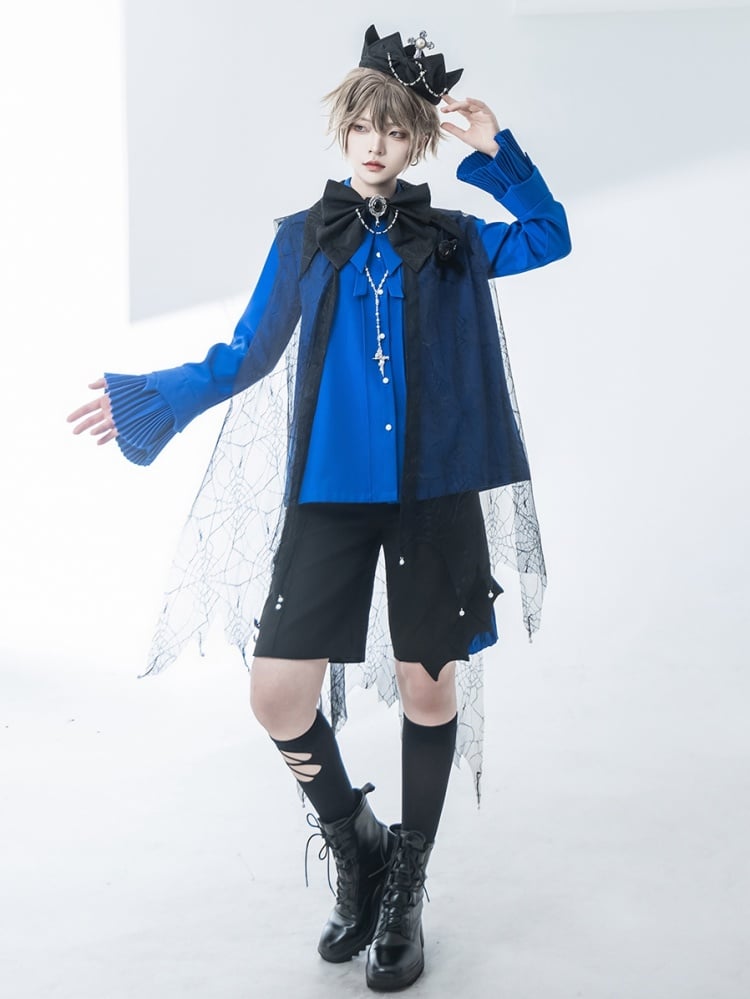
For those who choose to express themselves more masculine, Lolitas have the subtype Ouji which is described as “boy style” (although women can wear it too).
Online Community
Lolitas have online groups they can join to keep up with others. “There are various Lolita communities on Discord, Instagram and X,” Salazar explained.
Lolitas can join different local groups depending on what area of New Jersey they’re located in.
“I’ve noticed the New Jersey Lolita community is very South Jersey and Philly centered which isn’t where we’re based,” Punzal expressed.
“Aside from the common Instagram and Discord groups, there’s actually a lot of Lolita meetups and events that get scheduled on Facebook for anyone to join in New York. I joined just to see what’s going on in the community.”
For anyone in the Hudson County who’s already a Lolita or interested in getting into the fashion, you can join the New York Lolitas on Facebook.
Lolita’s Influence on Today’s Mainstream Trends
Japanese fashion is usually ahead of the game and is later incorporated into new trends.
“I design for activewear brands like Nike or Jordan and we’re always looking to Japan for streetwear inspiration. Even though it might not necessarily be Lolita fashion, we accept that Japan is up there, they’re ahead, and they make the trends,” shared Punzal.
“J-Fashion has definitely been broken up into lots of different subcategories. In America there are a lot of core that take bits and pieces from J-Fashion and make it into their own,” said Salazar.
“TikTok and Instagram have become platforms that share fashion trends and I see coquette, ballet core, and angel core and how much they’re heavily inspired by J-Fashion.”
Various mainstream fashion trends have been inspired by the core elements of Lolita fashion. This is evident in today’s coquette trend which promotes hyper-femininity through the clothing and accessories. Coquette is known for girly clothing including bows, frills, pearls, lace and anything pink. Both subcultures celebrate and embrace femininity without resorting to sexualizing it.
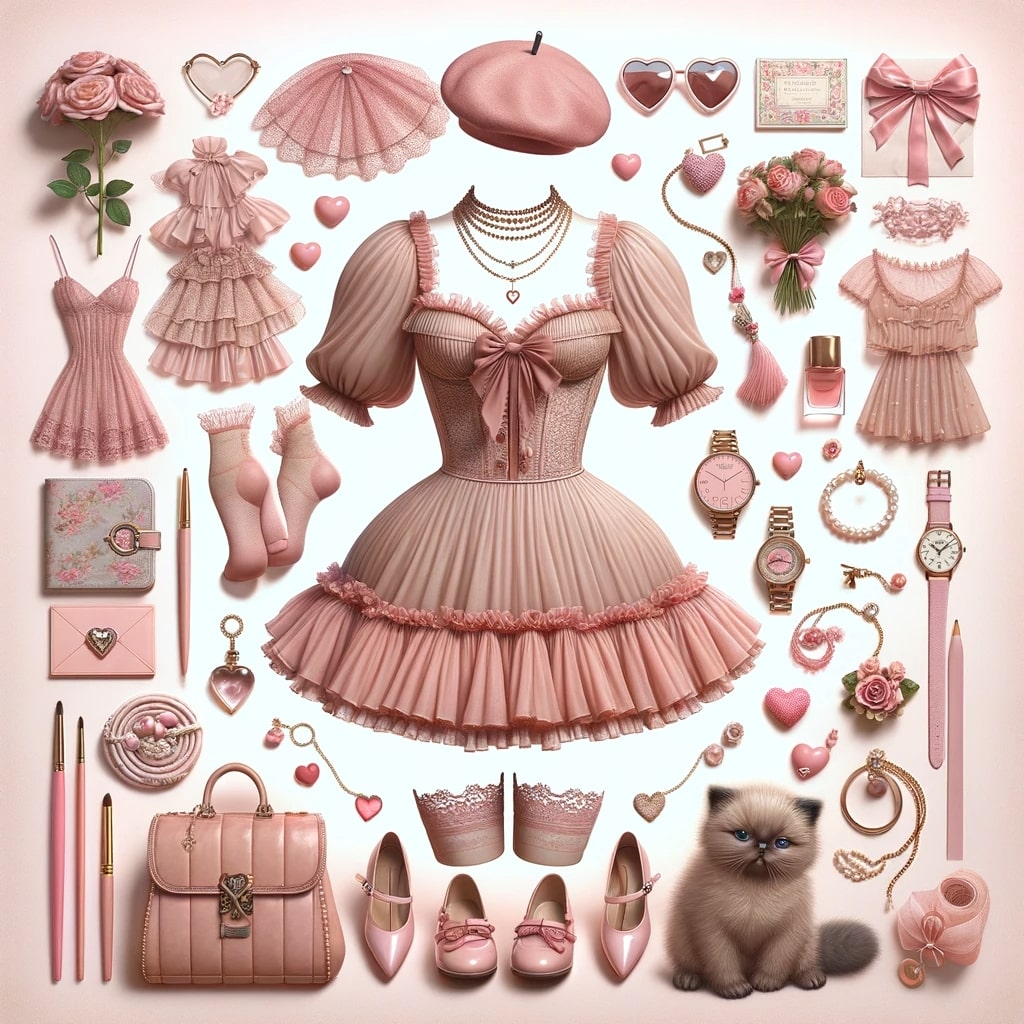
A Common Misconception About Lolita Culture
Many Americans tend to think Lolita fashion is related to the 1958 novel Lolita by Vladimir Nabokov but that is not the case. The novel is known for its sexual and darker themes, which does not align with the Japanese subculture and what it promotes. Those who dress in Lolita do it for their own enjoyment instead of for the male gaze.
My Thoughts on Lolita
As a big fan of Japanese culture, I always love learning about its many subcultures and how they’ve evolved throughout the years. Lolita might’ve originated in Harajuku, but it has made it’s way to Jersey City and is now apart of our culture as well.
I admire Lolitas for straying away from trying to fit into contemporary beauty standards and choosing to dress for themselves.
Speaking with Salazar and Punzal made me realize you don’t need to originally be apart of a culture for it to have a big impact on your life.


